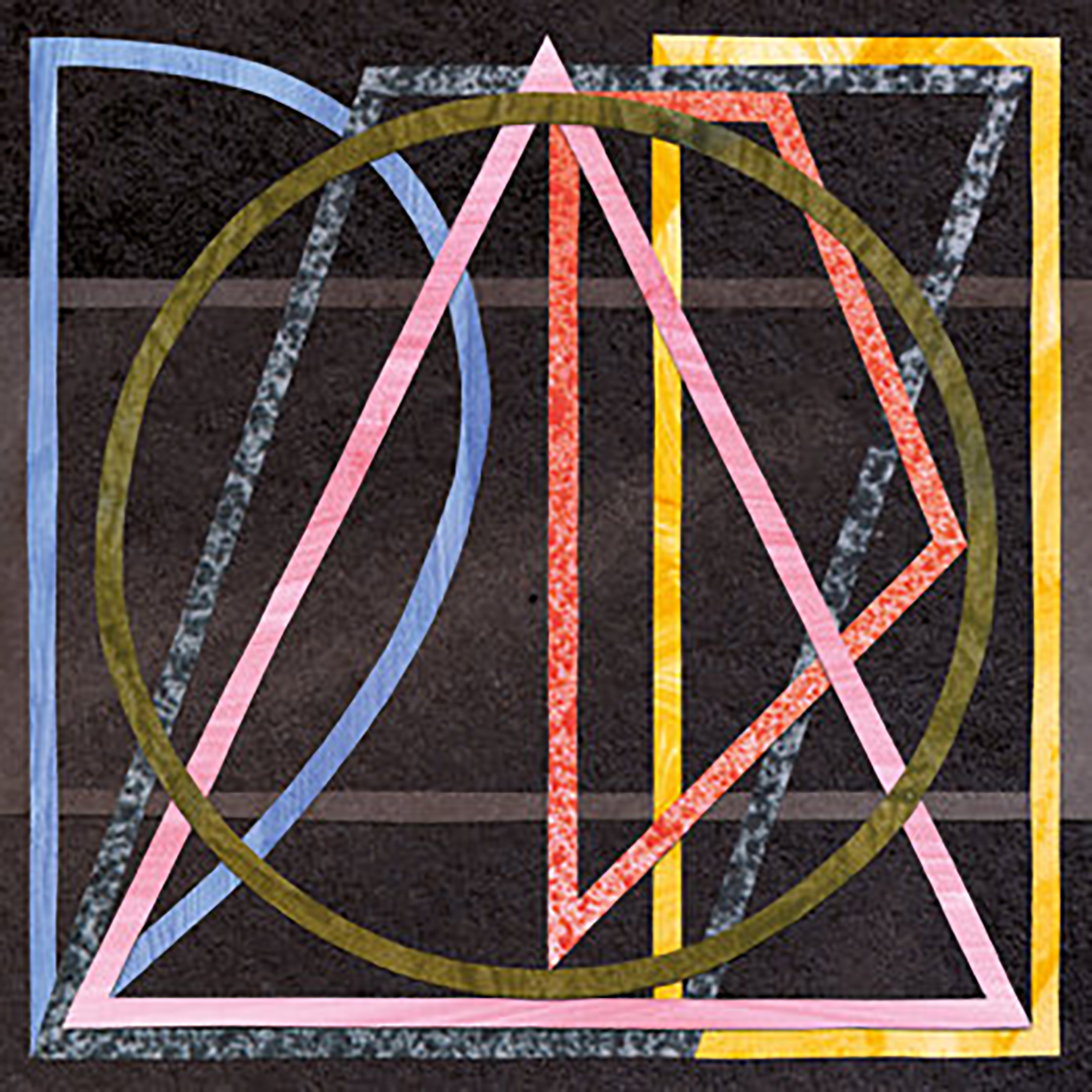 When I first found out about this album, I was not quite sure how to feel about its ambitious structural premise, as the idea of a vinyl record with 112 locked grooves felt suspiciously like a willfully annoying conceptual art statement. That said, I am unable to ever resist the allure of a killer drummer in an indulgent mood, so I was still quite eager to hear what Sartorius had planned for his unique format. My first impression was a favorable one, as I have been on a bit of a Niagara bender and the shifting beat patterns here called to mind a slowed and deconstructed kindred spirit to the tour de force of "Sangandongo." My next impression was mild exasperation, as I was not thrilled that every amazing beat lasted a mere minute before giving way to something new. That revealed the appeal of the physical release though, as this album is packed full of hypnotic rhythms that would make absolutely trance-inducing infinite loops. Naturally, that opens up a host of compelling interactive ways to experience the album, as it is a Pandora's box of multifarious percussive delights. To some degree, I expected something in that vein (as far as gimmicks go, this is a very cool and well thought-out one), but I was still blindsided by both the sheer imagination of Sartorius's rhythms and the way the album as a whole feels like a transcendent psychedelic epic by the end. As La Monte Young and others have decisively proven, sustained immersion in a very insistent and focused vision can feel like a remarkably profound and mind-rewiring experience.
When I first found out about this album, I was not quite sure how to feel about its ambitious structural premise, as the idea of a vinyl record with 112 locked grooves felt suspiciously like a willfully annoying conceptual art statement. That said, I am unable to ever resist the allure of a killer drummer in an indulgent mood, so I was still quite eager to hear what Sartorius had planned for his unique format. My first impression was a favorable one, as I have been on a bit of a Niagara bender and the shifting beat patterns here called to mind a slowed and deconstructed kindred spirit to the tour de force of "Sangandongo." My next impression was mild exasperation, as I was not thrilled that every amazing beat lasted a mere minute before giving way to something new. That revealed the appeal of the physical release though, as this album is packed full of hypnotic rhythms that would make absolutely trance-inducing infinite loops. Naturally, that opens up a host of compelling interactive ways to experience the album, as it is a Pandora's box of multifarious percussive delights. To some degree, I expected something in that vein (as far as gimmicks go, this is a very cool and well thought-out one), but I was still blindsided by both the sheer imagination of Sartorius's rhythms and the way the album as a whole feels like a transcendent psychedelic epic by the end. As La Monte Young and others have decisively proven, sustained immersion in a very insistent and focused vision can feel like a remarkably profound and mind-rewiring experience.
-OUS
I listened to this album in its digital form, which doubtlessly provided a radically different experience than the vinyl. Nevertheless, the building blocks are identical, as each numbered piece is essentially a 1.8 second loop allowed to play out for exactly one minute and one second. Each piece segues seamlessly into the next with no space in between and all feel like they are roughly the same tempo, so the whole album has a hypnotically consistent flow. At first, the beats seem cool but fairly straightforward, but indications that Sartorius has something more ambitious in mind begin to appear quickly, as he starts sneaking increasingly adventurous sounds, patterns, and flourishes into the insistent pulse. I believe I was first hooked by skittering, off-kilter rhythm of the fourth piece, but that loop was soon eclipsed by even more killer beats, which themselves became eclipsed by still others as the album unfolded. It is hard to nail down an overarching pattern to the sequencing, but there are occasional runs where Sartorius unleashes a flurry of dazzling loops in rapid succession and it all seems to cumulatively build into something wonderful.
Part of the album's brilliance is that those clusters tend to all be compelling for different reasons, as sometimes Sartorius works in a virtuosic fill, while other times he locks into an especially lurching, tumbling, or downright weird time signature without the slightest dip in the album's propulsive forward motion. Sometimes it feels like I am being swept along by a tide, while other times it feels I am descending like an almost ritualistic rhythmic trance, which is an impressive feat for an album this ostensibly one-dimensional and purposely fragmented. Notably, Sartorius used a "prepared" drum kit, which enables a surprisingly varied range of sounds and levels of textural complexity. For example, "Locked Groove 084" feels like a killer hip-hop beat tape, while "Locked Groove 051" feels like it could be plucked from a Sublime Frequencies album and "Locked Groove 047" sounds like a futuristic industrial banger. Other times, Sartorius locks into something that feels like Indian techno, a free jazz drummer going wild in a junkyard, or something absolutely alien-sounding, like the gurgling and clanging "Locked Groove 011." Anyone looking for a great drummer showcasing a wildly imaginative array of beats will not be disappointed here, yet I was most surprised by how masterfully Sartorius overshot that mark to craft something considerably larger than the sum of its parts. Sartorius's stated goal was that "listeners will experience these compositions like they would explore a painting," and he succeeded far beyond my expectations in that regard. Locked Grooves is a deliciously rich vein that succeeds both as a whole and as a collection of compelling fragments that can be isolated and recontextualized into something equally fascinating. As far as solo drummer albums go, Locked Grooves is high art that masterfully raises the bar for what is possible.
Samples can be found here.
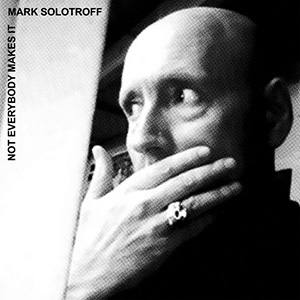 Mark Solotroff could never be accused of taking it easy when it comes to music, both in terms of style and productivity. Since the beginning of 2020 he has been responsible for three side project releases (Nightmares, The Fortieth Day, and Ensemble Sacrés Garçons), two archival releases from his early Intrinsic Action band, and just a matter of weeks ago a BLOODYMINDED! live compilation. Add that to three volumes of compiled solo material and an album last year, and there’s a massive stack of material that Not Everybody Makes It now sits atop. Even with all of that material, this new album stands out as distinct, and somewhat of an unexpected turn for Solotroff's work, but is still clearly his.
Mark Solotroff could never be accused of taking it easy when it comes to music, both in terms of style and productivity. Since the beginning of 2020 he has been responsible for three side project releases (Nightmares, The Fortieth Day, and Ensemble Sacrés Garçons), two archival releases from his early Intrinsic Action band, and just a matter of weeks ago a BLOODYMINDED! live compilation. Add that to three volumes of compiled solo material and an album last year, and there’s a massive stack of material that Not Everybody Makes It now sits atop. Even with all of that material, this new album stands out as distinct, and somewhat of an unexpected turn for Solotroff's work, but is still clearly his.


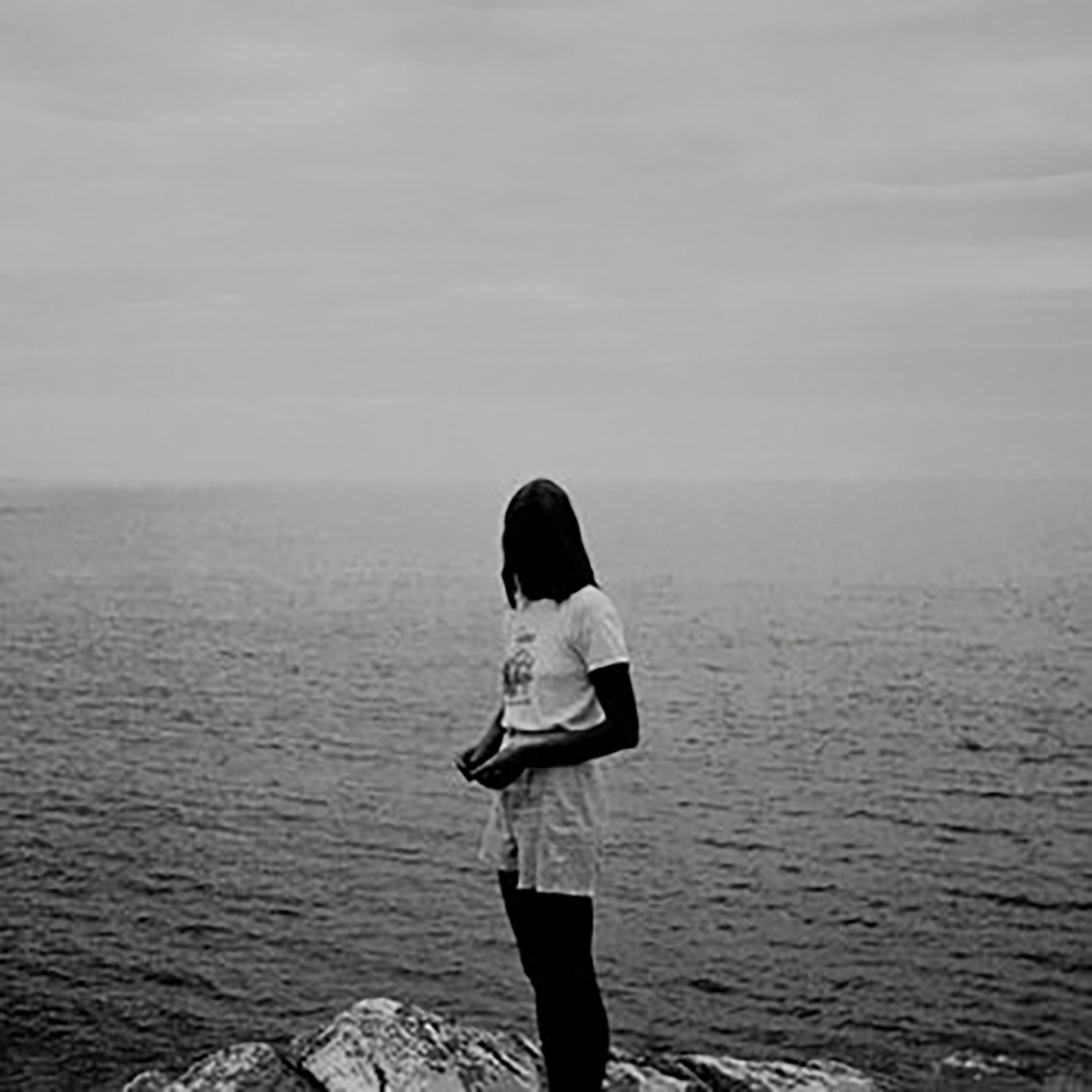 This latest album from Madeline Johnston takes its title from a forensic chemical that emits a blue glow when it comes in contact with blood at a crime scene. That macabre yet beautiful transformation provides the album's guiding metaphor, as Johnston attempts the similar feat of "turning trial and tribulation into sources of light." That is thematically familiar Midwife territory, of course, but Luminol feels like the beginning of a new phase stylistically, as these songs are simultaneously more anthemic and more starkly minimal than the project’s previous fare. While that is not necessarily an unstable combination, Johnston does tone down her artier tendencies to fitfully showcase a newfound love of tighter songcraft and hard rock-inspired swagger. That approach suits her unexpectedly well, as some of the better moments of Luminol resemble a hiss-ravaged shoegaze deconstruction of a power ballad by someone like Lita Ford, Pat Benatar, or Joan Jett, which is certainly something I was not expecting to encounter here. Luminol is definitely more of an straightforward "rock" record than I anticipated. For the most part, however, Johnston’s hazy, slow-motion, and abstracted homages to ‘80s and ‘90s rock radio work quite well, as this album seems to have instantly become a fan favorite. Some fans of previous albums will likely miss Midwife's sharper edges, but I suspect most will warm to this more punchy and comparatively playful side of Johnston's art.
This latest album from Madeline Johnston takes its title from a forensic chemical that emits a blue glow when it comes in contact with blood at a crime scene. That macabre yet beautiful transformation provides the album's guiding metaphor, as Johnston attempts the similar feat of "turning trial and tribulation into sources of light." That is thematically familiar Midwife territory, of course, but Luminol feels like the beginning of a new phase stylistically, as these songs are simultaneously more anthemic and more starkly minimal than the project’s previous fare. While that is not necessarily an unstable combination, Johnston does tone down her artier tendencies to fitfully showcase a newfound love of tighter songcraft and hard rock-inspired swagger. That approach suits her unexpectedly well, as some of the better moments of Luminol resemble a hiss-ravaged shoegaze deconstruction of a power ballad by someone like Lita Ford, Pat Benatar, or Joan Jett, which is certainly something I was not expecting to encounter here. Luminol is definitely more of an straightforward "rock" record than I anticipated. For the most part, however, Johnston’s hazy, slow-motion, and abstracted homages to ‘80s and ‘90s rock radio work quite well, as this album seems to have instantly become a fan favorite. Some fans of previous albums will likely miss Midwife's sharper edges, but I suspect most will warm to this more punchy and comparatively playful side of Johnston's art.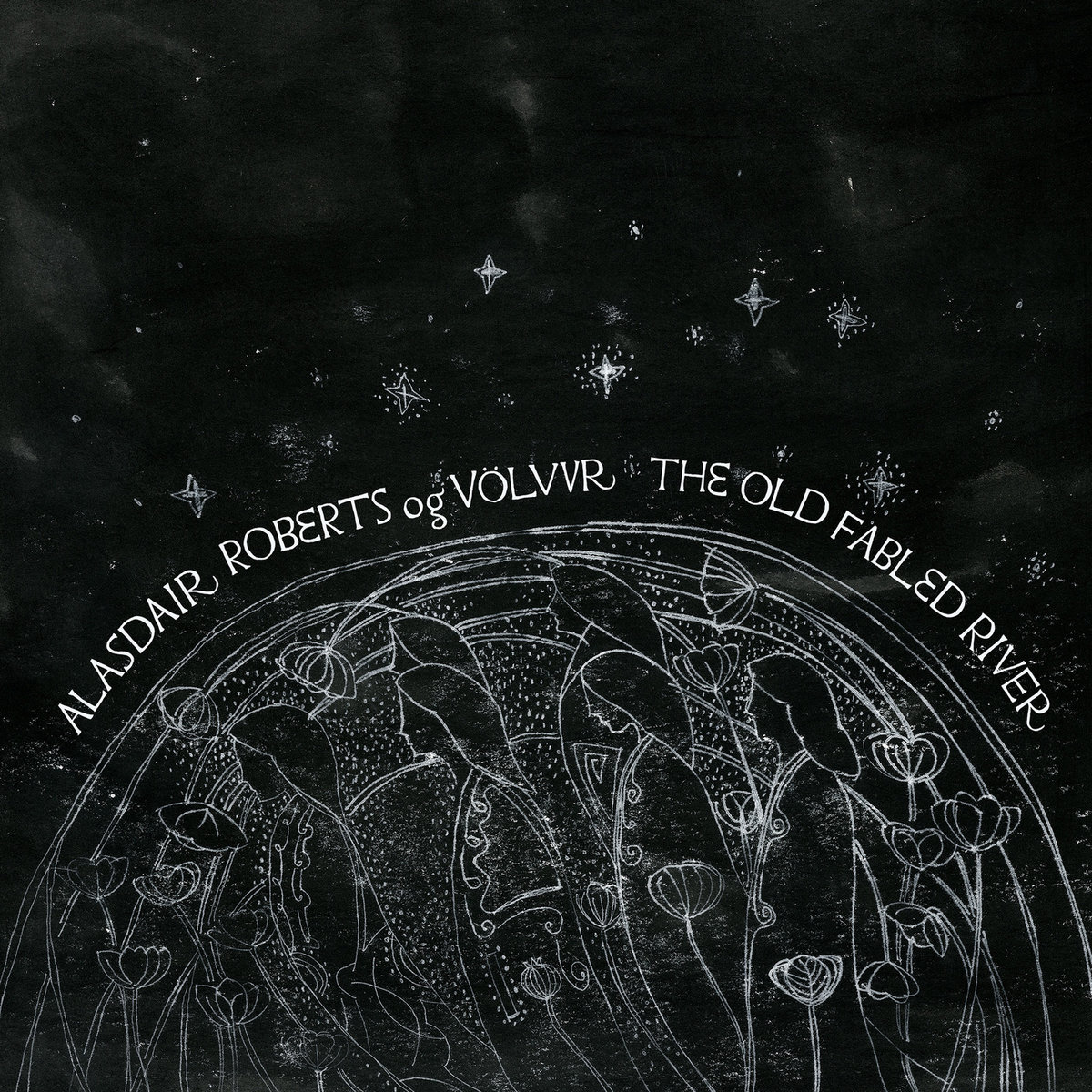 Alasdair Roberts’ creative spirit and respect for tradition dovetail perfectly on this collaboration with Norwegian collective, Völvur. With traditional songs (in both artists’ languages) balanced by four new Roberts compositions, and the latter’s plaintive voice complemented by both Marthe Lea’s beautiful singing and the collective’s edgy, swinging and restrained playing, The Old Fabled River is joyous and mournful in equal measure.
Alasdair Roberts’ creative spirit and respect for tradition dovetail perfectly on this collaboration with Norwegian collective, Völvur. With traditional songs (in both artists’ languages) balanced by four new Roberts compositions, and the latter’s plaintive voice complemented by both Marthe Lea’s beautiful singing and the collective’s edgy, swinging and restrained playing, The Old Fabled River is joyous and mournful in equal measure.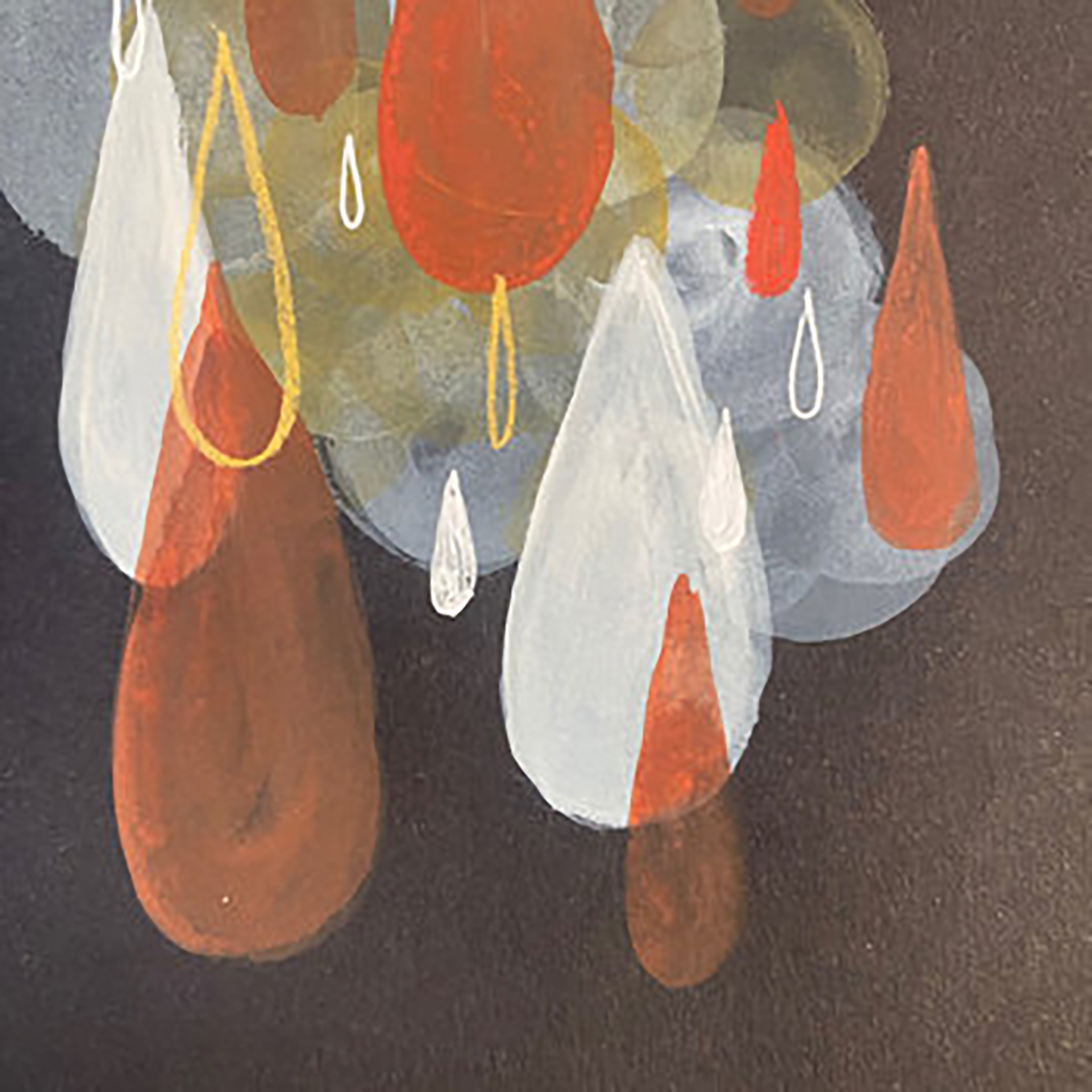 As alluded to in its title, Dispatches from the Drift is something of an accidental album, as it is a collection of keyboard improvisations that Tara Jane O'Neil informally recorded during the pandemic lockdown that were never intended for release. In fact, many were casually recorded on her phone and most "were promptly forgotten," but O'Neil happened to stumble back upon them while digging around for fragments of inspiration that could blossom into fully formed songs. These are not the ones met that criteria. but they amount to something similarly wonderful. As O'Neil herself puts it, these pieces are the ones that "were not looking for a form or seeking to be known," so she decided to present them as they were without further polishing or embellishment ("complete, traveling pieces that resolve or simply end"). In lesser hands, such an album would feel like a series of unfinished sketches, but O'Neil's instincts regarding this experiment are remarkably unerring. For the most part, the "keyboard improvisations" origin ensures that the album tends to linger in pleasantly blurred "ambient" territory, but there are quite a few striking surprises lurking here too (some very "dreampop" and some considerably more outré). The entire album is quite a leftfield delight though, as it feels every bit as strong as O'Neil's more formal work. Her inspiration simply took a different shape this time around.
As alluded to in its title, Dispatches from the Drift is something of an accidental album, as it is a collection of keyboard improvisations that Tara Jane O'Neil informally recorded during the pandemic lockdown that were never intended for release. In fact, many were casually recorded on her phone and most "were promptly forgotten," but O'Neil happened to stumble back upon them while digging around for fragments of inspiration that could blossom into fully formed songs. These are not the ones met that criteria. but they amount to something similarly wonderful. As O'Neil herself puts it, these pieces are the ones that "were not looking for a form or seeking to be known," so she decided to present them as they were without further polishing or embellishment ("complete, traveling pieces that resolve or simply end"). In lesser hands, such an album would feel like a series of unfinished sketches, but O'Neil's instincts regarding this experiment are remarkably unerring. For the most part, the "keyboard improvisations" origin ensures that the album tends to linger in pleasantly blurred "ambient" territory, but there are quite a few striking surprises lurking here too (some very "dreampop" and some considerably more outré). The entire album is quite a leftfield delight though, as it feels every bit as strong as O'Neil's more formal work. Her inspiration simply took a different shape this time around.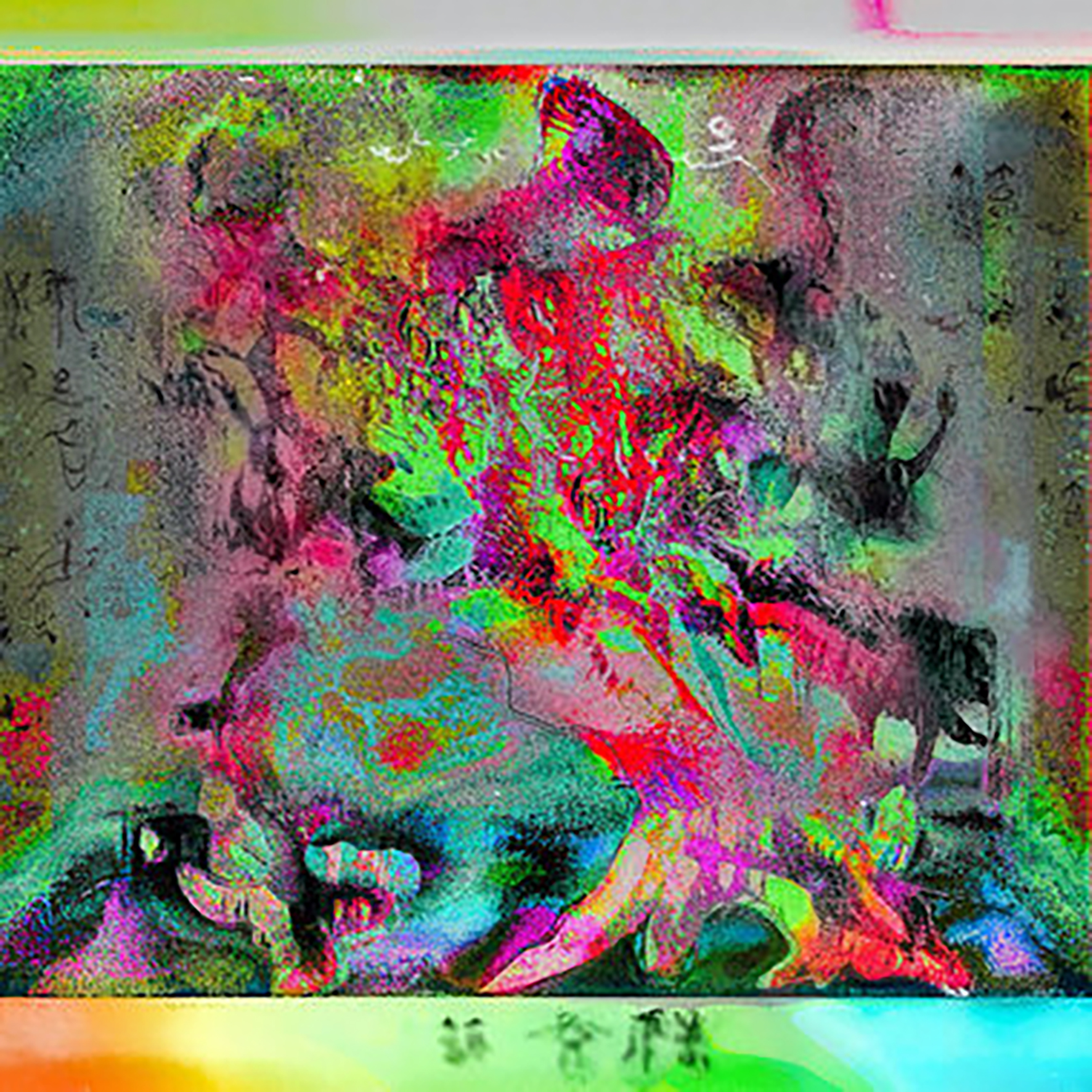 Unraveling the discography and line-up mutations of this Ho Chi Minh City-based collective turned out to be quite an unexpected challenge, as they have been releasing full-lengths and EPs since at least 2014, yet this latest album is being billed as the project's debut. I thought this might be the first release with "collective" appended to the group's name, but that is not the case either. That said, the project now appears to be a trio consisting of original members Phạm Thế Vũ and Jung Buffalo, as well as relatively recent addition Zach Schreier (who ostensibly composed much of the album). In any case, this latest release bears little stylistic resemblance to several of RCD's previous releases. Much of that is likely due to the involvement of Berlin-based producer Ziúr, who alternately punched up the songs to Subtext's exactingly high standards, "reduced them to a cinder," or "beamed them into the fifth dimension." Regardless of how this album took shape, it is quite a dazzling and deliriously kinetic achievement, resembling a freewheeling Carl Stone-esque plunderphonic tour de force of shapeshifting Vietnamese cultural fragments.
Unraveling the discography and line-up mutations of this Ho Chi Minh City-based collective turned out to be quite an unexpected challenge, as they have been releasing full-lengths and EPs since at least 2014, yet this latest album is being billed as the project's debut. I thought this might be the first release with "collective" appended to the group's name, but that is not the case either. That said, the project now appears to be a trio consisting of original members Phạm Thế Vũ and Jung Buffalo, as well as relatively recent addition Zach Schreier (who ostensibly composed much of the album). In any case, this latest release bears little stylistic resemblance to several of RCD's previous releases. Much of that is likely due to the involvement of Berlin-based producer Ziúr, who alternately punched up the songs to Subtext's exactingly high standards, "reduced them to a cinder," or "beamed them into the fifth dimension." Regardless of how this album took shape, it is quite a dazzling and deliriously kinetic achievement, resembling a freewheeling Carl Stone-esque plunderphonic tour de force of shapeshifting Vietnamese cultural fragments. When I first found out about this album, I was not quite sure how to feel about its ambitious structural premise, as the idea of a vinyl record with 112 locked grooves felt suspiciously like a willfully annoying conceptual art statement. That said, I am unable to ever resist the allure of a killer drummer in an indulgent mood, so I was still quite eager to hear what Sartorius had planned for his unique format. My first impression was a favorable one, as I have been on a bit of a Niagara bender and the shifting beat patterns here called to mind a slowed and deconstructed kindred spirit to the tour de force of "Sangandongo." My next impression was mild exasperation, as I was not thrilled that every amazing beat lasted a mere minute before giving way to something new. That revealed the appeal of the physical release though, as this album is packed full of hypnotic rhythms that would make absolutely trance-inducing infinite loops. Naturally, that opens up a host of compelling interactive ways to experience the album, as it is a Pandora's box of multifarious percussive delights. To some degree, I expected something in that vein (as far as gimmicks go, this is a very cool and well thought-out one), but I was still blindsided by both the sheer imagination of Sartorius's rhythms and the way the album as a whole feels like a transcendent psychedelic epic by the end. As La Monte Young and others have decisively proven, sustained immersion in a very insistent and focused vision can feel like a remarkably profound and mind-rewiring experience.
When I first found out about this album, I was not quite sure how to feel about its ambitious structural premise, as the idea of a vinyl record with 112 locked grooves felt suspiciously like a willfully annoying conceptual art statement. That said, I am unable to ever resist the allure of a killer drummer in an indulgent mood, so I was still quite eager to hear what Sartorius had planned for his unique format. My first impression was a favorable one, as I have been on a bit of a Niagara bender and the shifting beat patterns here called to mind a slowed and deconstructed kindred spirit to the tour de force of "Sangandongo." My next impression was mild exasperation, as I was not thrilled that every amazing beat lasted a mere minute before giving way to something new. That revealed the appeal of the physical release though, as this album is packed full of hypnotic rhythms that would make absolutely trance-inducing infinite loops. Naturally, that opens up a host of compelling interactive ways to experience the album, as it is a Pandora's box of multifarious percussive delights. To some degree, I expected something in that vein (as far as gimmicks go, this is a very cool and well thought-out one), but I was still blindsided by both the sheer imagination of Sartorius's rhythms and the way the album as a whole feels like a transcendent psychedelic epic by the end. As La Monte Young and others have decisively proven, sustained immersion in a very insistent and focused vision can feel like a remarkably profound and mind-rewiring experience.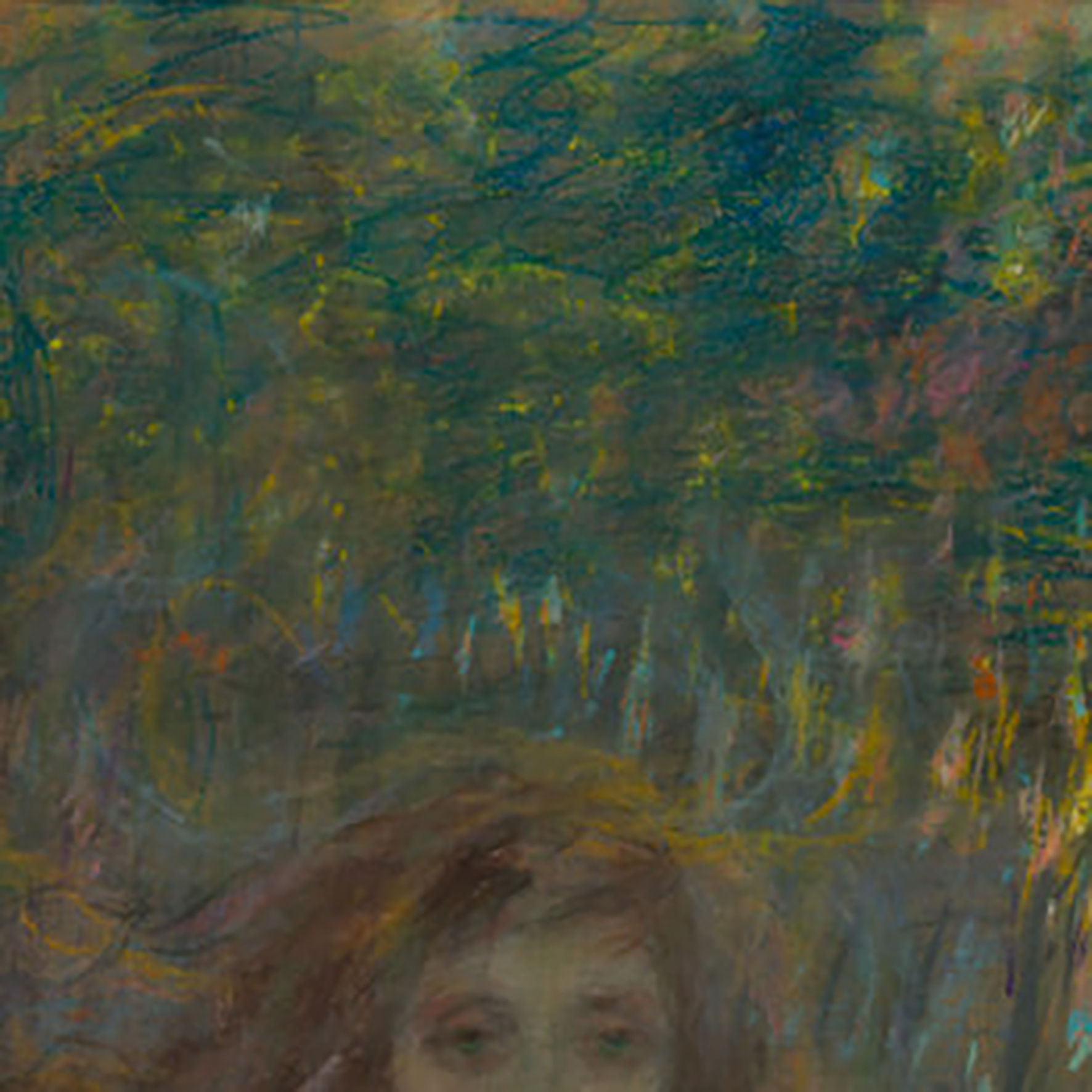 This appears to be the first major release for this long-running (if fitful) Pye Corner Audio side project, as Martin Jenkins' previous albums under this alias have all been limited CD-Rs. It certainly feels like a suitably strong statement for such an occasion. In the words of Ecstatic, Spectral Corridor "treads the line between occult soundtrack and zonked out space jam," which is a fairly apt characterization of Jenkins' latest aesthetic evolution even if it does not quite do justice to the sublime beauty of some of these pieces. According to Jenkins, this project draws its inspiration from "field recordings of walks through forests wielding finger chimes, long slow tape loops, treated guitars, elegiac organ tones, free running oscillator banks and chance operations," which mostly translates into slowly pulsing drones, subtle psychedelic touches, and a pervading air of shadowy mystery. That said, Spectral Corridor sounds considerably different from its more lush 2013 predecessor Bucolica, as Jenkins clearly took the "spectral" part of the album title very seriously, distilling his synth-centric ambient/drone to a wonderfully haunted-sounding and elegantly brooding suite of gently phantasmagoric soundscapes.
This appears to be the first major release for this long-running (if fitful) Pye Corner Audio side project, as Martin Jenkins' previous albums under this alias have all been limited CD-Rs. It certainly feels like a suitably strong statement for such an occasion. In the words of Ecstatic, Spectral Corridor "treads the line between occult soundtrack and zonked out space jam," which is a fairly apt characterization of Jenkins' latest aesthetic evolution even if it does not quite do justice to the sublime beauty of some of these pieces. According to Jenkins, this project draws its inspiration from "field recordings of walks through forests wielding finger chimes, long slow tape loops, treated guitars, elegiac organ tones, free running oscillator banks and chance operations," which mostly translates into slowly pulsing drones, subtle psychedelic touches, and a pervading air of shadowy mystery. That said, Spectral Corridor sounds considerably different from its more lush 2013 predecessor Bucolica, as Jenkins clearly took the "spectral" part of the album title very seriously, distilling his synth-centric ambient/drone to a wonderfully haunted-sounding and elegantly brooding suite of gently phantasmagoric soundscapes.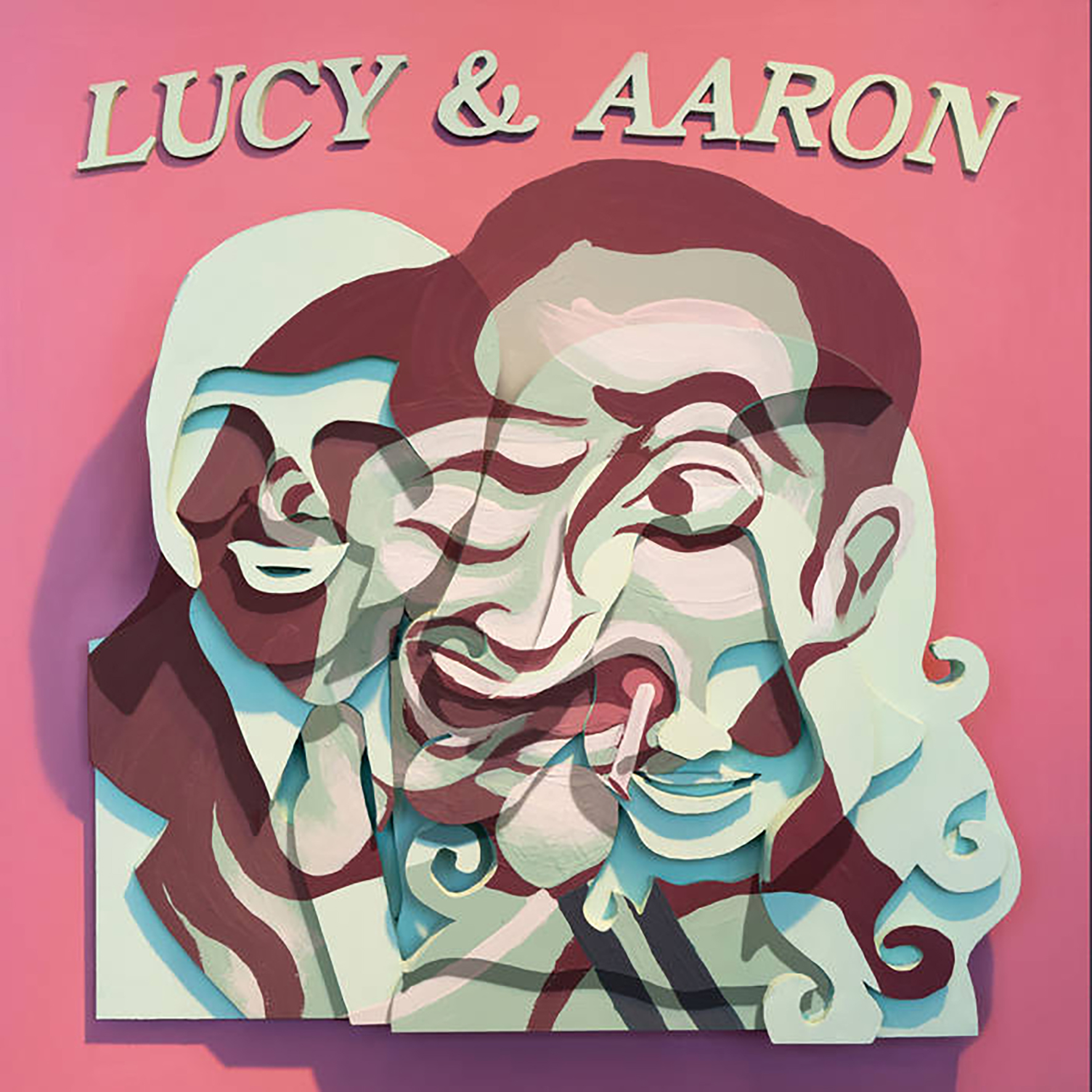 The underground/experimental music world is full of promising-sounding collaborations that yield underwhelming or half-baked results, but Lucy & Aaron is a wonderfully refreshing exception to that recurring phenomenon. Part of that success is likely due to the pair's long history together, as they have been fans of each other's work (and close friends) since meeting at a festival in Madeira back in 2010. Moreover, Dalt and Dilloway have actually inspired and impacted each other's work over the years, which probably went a long way in setting the stage for such a natural-sounding and symbiotic blurring together of visions. As Dalt puts it, "we crossed our signals, sometimes his affecting mine, or the other way around, we just wanted to make a fun, weird and inevitably emotive record that somehow captured so many things we love about music." Naturally, Dilloway's endearingly disorienting and creepy tape loops tend to be the foundation for much of the album, as Dalt's own backdrops tend to be quite stark and minimal. The mood of the album is quite a bit different from typical Dilloway fare, however, as Dalt's melodic influence transforms his obsessively repeating fragments of simmering psychotropic weirdness into a broken and playfully warped "pop" album like no other.
The underground/experimental music world is full of promising-sounding collaborations that yield underwhelming or half-baked results, but Lucy & Aaron is a wonderfully refreshing exception to that recurring phenomenon. Part of that success is likely due to the pair's long history together, as they have been fans of each other's work (and close friends) since meeting at a festival in Madeira back in 2010. Moreover, Dalt and Dilloway have actually inspired and impacted each other's work over the years, which probably went a long way in setting the stage for such a natural-sounding and symbiotic blurring together of visions. As Dalt puts it, "we crossed our signals, sometimes his affecting mine, or the other way around, we just wanted to make a fun, weird and inevitably emotive record that somehow captured so many things we love about music." Naturally, Dilloway's endearingly disorienting and creepy tape loops tend to be the foundation for much of the album, as Dalt's own backdrops tend to be quite stark and minimal. The mood of the album is quite a bit different from typical Dilloway fare, however, as Dalt's melodic influence transforms his obsessively repeating fragments of simmering psychotropic weirdness into a broken and playfully warped "pop" album like no other. This debut full-length from Ugandan producer Zilla is something of a much-anticipated event, as his Boutiq studio is a crucial part of the killer underground music scene centered around Kampala's Nyege Nyege Tapes. Ekizikiza Mubwengula was additionally anticipated because it is the follow up to an absolute monster of a single that Zilla released in 2019 on Nyege Nyege's club music-themed sub-label Hakuna Kulala. While this latest release is on that same imprint, these songs are considerably wilder and weirder than the more straightforward (and relentlessly, viscerally danceable) "From the Cave." With Ekizikiza Mubwengula, Zilla shoots right past the cutting edge of contemporary dance music and lands somewhere akin to an industrial-damaged dance deconstruction of Rashad Becker's deeply alien Music for Notional Species. Predictably, I am the exact demographic for such a gleefully unhinged tour de force, and this would be the ideal soundtrack for a party occurring exclusively in my head. Yet it is quite a challenge to imagine songs this pointedly hookless and aggressively outré packing the floors of any but the craziest clubs on earth. Granted, there are a handful of more straightforward pieces here too (Zilla's production is as exacting and punchy as ever), but those will not be the ones that people most remember.
This debut full-length from Ugandan producer Zilla is something of a much-anticipated event, as his Boutiq studio is a crucial part of the killer underground music scene centered around Kampala's Nyege Nyege Tapes. Ekizikiza Mubwengula was additionally anticipated because it is the follow up to an absolute monster of a single that Zilla released in 2019 on Nyege Nyege's club music-themed sub-label Hakuna Kulala. While this latest release is on that same imprint, these songs are considerably wilder and weirder than the more straightforward (and relentlessly, viscerally danceable) "From the Cave." With Ekizikiza Mubwengula, Zilla shoots right past the cutting edge of contemporary dance music and lands somewhere akin to an industrial-damaged dance deconstruction of Rashad Becker's deeply alien Music for Notional Species. Predictably, I am the exact demographic for such a gleefully unhinged tour de force, and this would be the ideal soundtrack for a party occurring exclusively in my head. Yet it is quite a challenge to imagine songs this pointedly hookless and aggressively outré packing the floors of any but the craziest clubs on earth. Granted, there are a handful of more straightforward pieces here too (Zilla's production is as exacting and punchy as ever), but those will not be the ones that people most remember.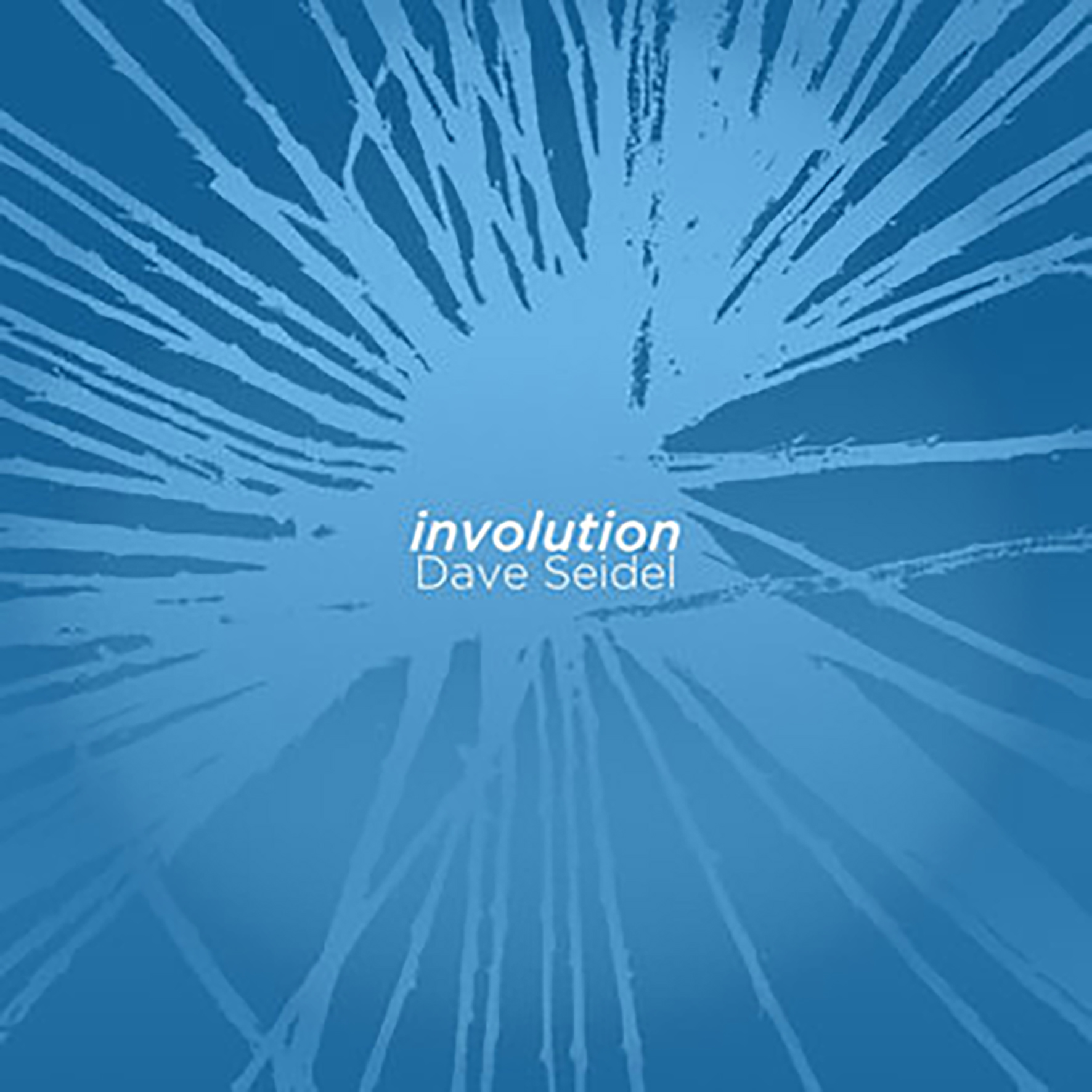 This challenging and overwhelming double album is my first exposure to this NH-based composer, and it was quite a synapse-frying introduction to his uncompromising vision. While Seidel has only been releasing albums as a composer for the last decade or so, he was an active part of NYC's flourishing Downtown music scene in the '80s, and his work feels like it is spiritually descended from that era. Or perhaps from even before that, as he cites Alvin Lucier and La Monte Young as key influences. Unlike most artists inspired by Young, however, Seidel did not stop at dabbling in Just Intonation. Instead, he took "Young's ideal of previously unheard sounds, those that may engender new sensations and emotions in the listener" and ran with it, delving even deeper into unusual tunings until he could bring to life the sonorities that he was chasing. In practical terms, that means that the two compositions here ("Involution" and "Hexany Permutations") are longform drone works teaming with strange and buzzing harmonic collisions, which makes Phill Niblock's XI Records exactly the right home for this epic. While I suspect many people will find Seidel's single-minded and no-frills approach to conjuring unfamiliar sounds intimidatingly difficult, this album will definitely make a big impression on anyone fascinated by the physics and physicality of sound.
This challenging and overwhelming double album is my first exposure to this NH-based composer, and it was quite a synapse-frying introduction to his uncompromising vision. While Seidel has only been releasing albums as a composer for the last decade or so, he was an active part of NYC's flourishing Downtown music scene in the '80s, and his work feels like it is spiritually descended from that era. Or perhaps from even before that, as he cites Alvin Lucier and La Monte Young as key influences. Unlike most artists inspired by Young, however, Seidel did not stop at dabbling in Just Intonation. Instead, he took "Young's ideal of previously unheard sounds, those that may engender new sensations and emotions in the listener" and ran with it, delving even deeper into unusual tunings until he could bring to life the sonorities that he was chasing. In practical terms, that means that the two compositions here ("Involution" and "Hexany Permutations") are longform drone works teaming with strange and buzzing harmonic collisions, which makes Phill Niblock's XI Records exactly the right home for this epic. While I suspect many people will find Seidel's single-minded and no-frills approach to conjuring unfamiliar sounds intimidatingly difficult, this album will definitely make a big impression on anyone fascinated by the physics and physicality of sound.
